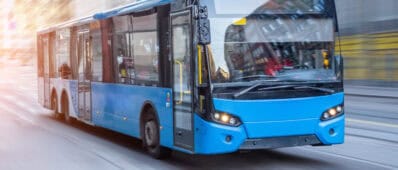Abstract
This study provides a method to quantify the benefits of reducing the costs from flight delays by shifting air passenger traffic to high-speed rail (HSR). The first estimate was the number of flight reductions by each quarter hour for airport origin and destination pairs based on HSR ridership forecasts in the California High-Speed Rail 2020 Business Plan. Lasso models are then applied to estimate the impact of the reduced queuing delay at SFO, LAX and SAN airports on arrival delays at national Core 29 airports. Finally, these delay reductions are monetized using aircraft operating costs per hour and the value of passenger time per hour. The research team applied several different variations of this approach, for example, considering delay at all 29 Core airports or just major California airports, different scenarios for future airport capacity and flight schedules, and different forecasts for future HSR ridership. The estimated mid-range delay cost savings are $51-88 million (2018 dollars) in 2029 and $235-392 million (2018 dollars) in 2033. The estimated savings are similar to, but slightly lower than, those based on cost estimates to upgrade airport capacity to handle passenger traffic that could be diverted to HSR.
